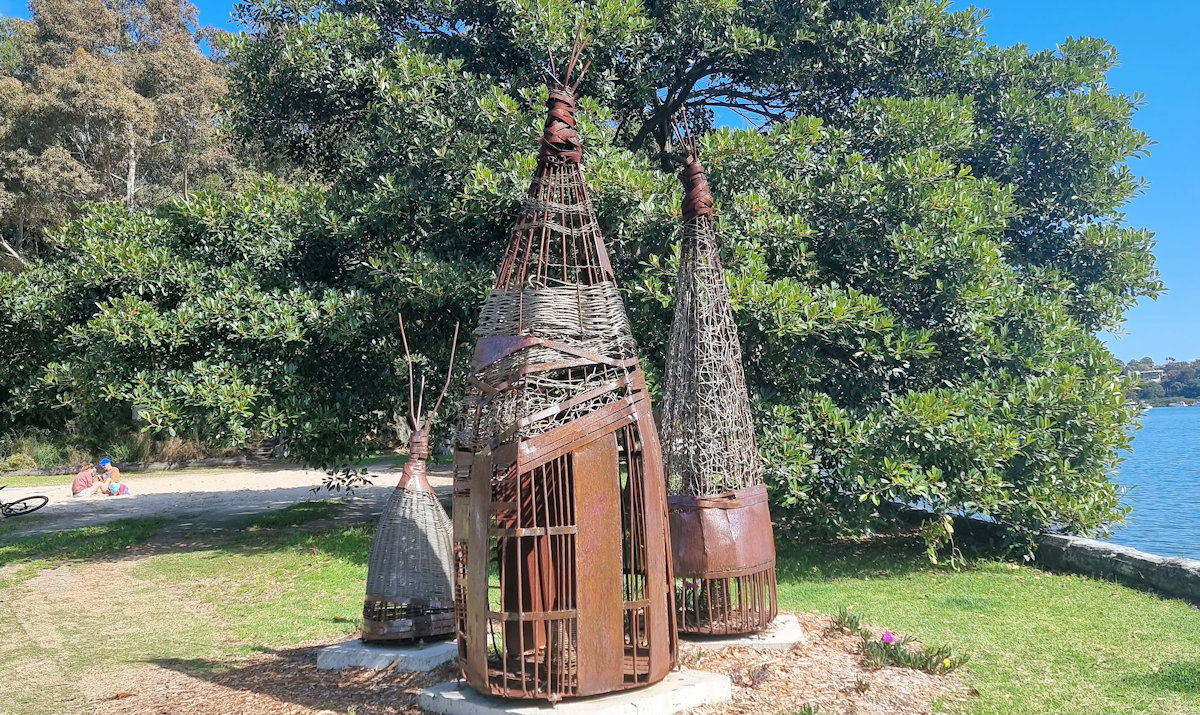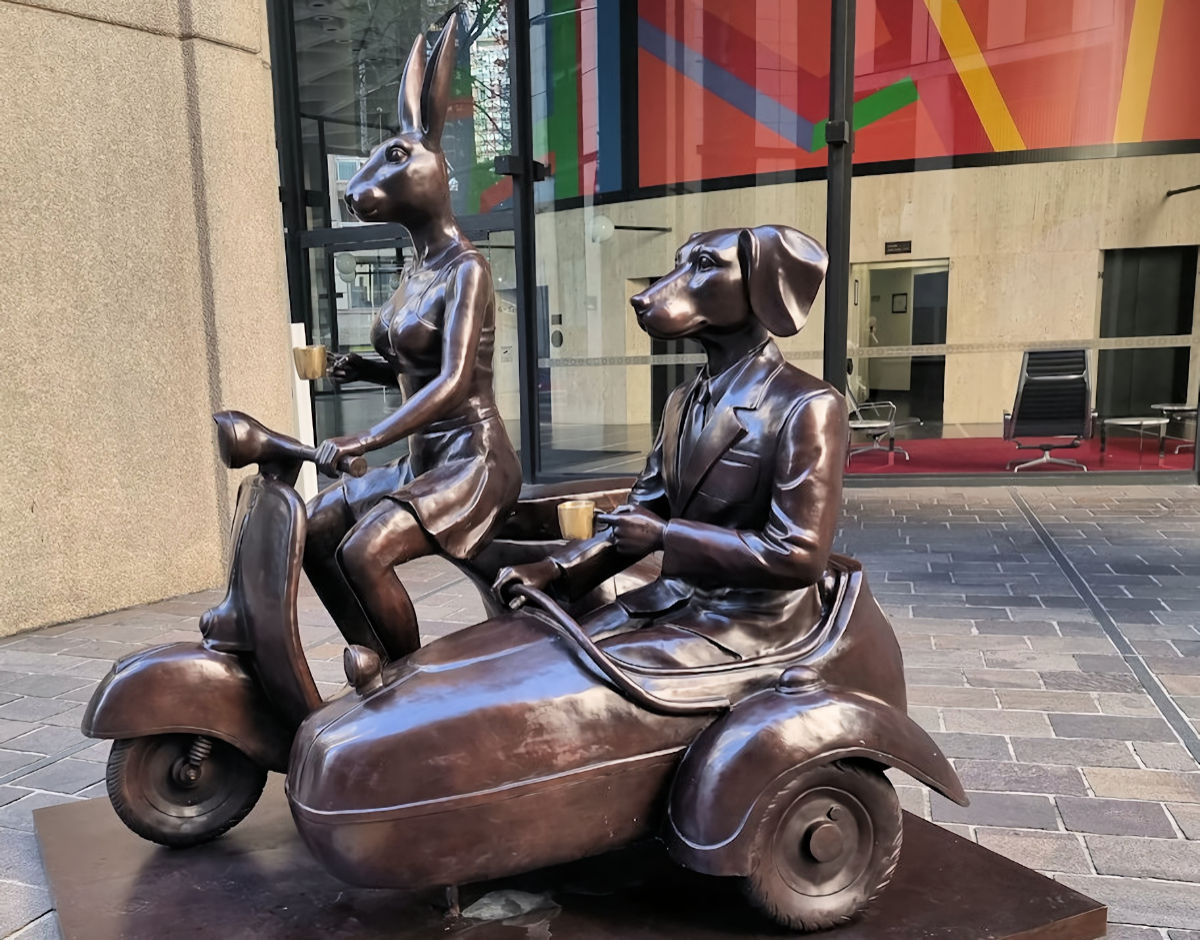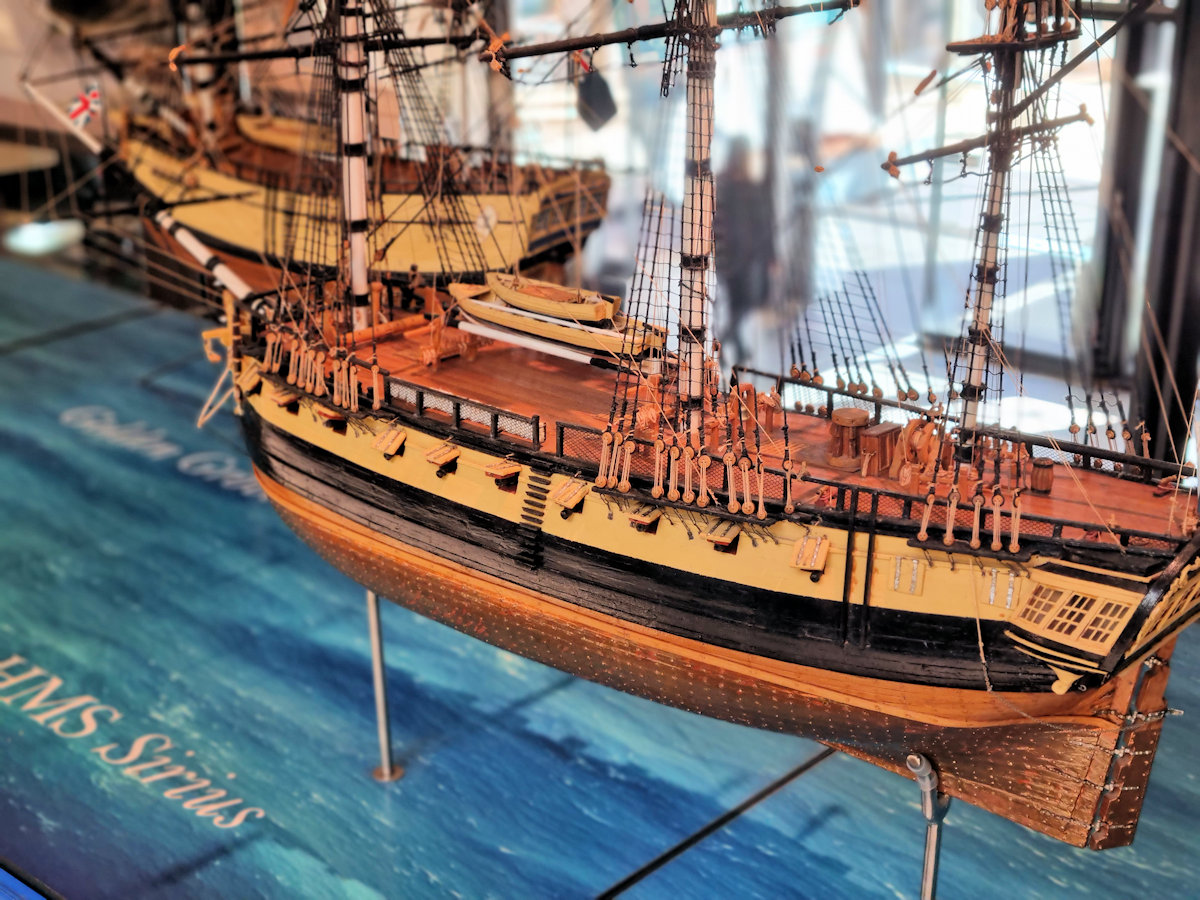Category: Sydney
-
Fish Traps Rozelle Sydney

Fish Traps Rozelle Sydney Located on the banks of the Parramatta River in Rozelle, Sydney Australia, the Fish Traps sculpture represents the deep spiritual and cultural significance of fishing to the local Gadigal and Wangal clans. It forms part of of the Wayfinding Project, which uses visual artworks to show ongoing presence of Aboriginal Peoples… Read more
-
Rabbitwoman and Dogman George Street

Rabbitwoman and Dogman on a Vespa George Street Currently located at 264 George Street Sydney (September 2023), this Gillie and Marc bronze sculpture of Rabbitwoman and Dogman is titled “Together they were a golden couple”. The artists description on the statue is “Rabbitwoman takes the lead on the bike while Dogman gets cosy in the… Read more
-
Museum of Sydney

Museum of Sydney Located on Bridge St, not far from Circular Quay, the Museum of Sydney focuses on the history of the city with an emphasis on the impact white settlement had and still has on Aboriginal People. Getting There As with many attractions in Sydney, public transport is the easiest and cheapest way to… Read more